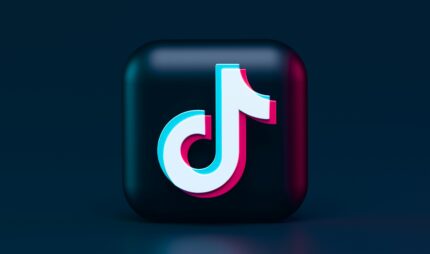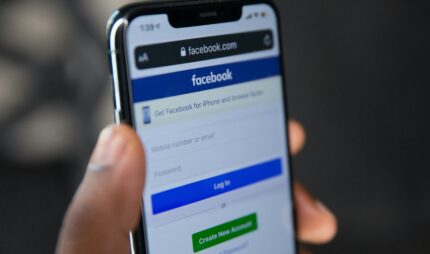
As a Shopify website developer, you understand the importance of creating captivating and high-converting landing pages. A well-designed landing page can make all the difference in capturing visitors’ attention, driving conversions, and ultimately boosting sales for your clients. In this blog, we will guide you through the process of crafting effective landing pages that engage users, convey a compelling message, and optimize the conversion funnel with a good Shopify website developer.
-
Define Your Conversion Goal:
Before diving into the design and development process, it’s crucial to define the specific conversion goal for the landing page. Is it to drive product purchases, capture leads, encourage sign-ups, or promote a special offer? Clarifying the primary objective will help you align the design elements, messaging, and call-to-action (CTA) appropriately.
-
Streamlined and Responsive Design:
A clean and visually appealing design is essential for capturing users’ attention and guiding them towards the desired action. Opt for a streamlined layout that minimizes distractions, maintains visual hierarchy, and focuses on the key message and CTA. Ensure your landing page is responsive, providing a seamless experience across devices and screen sizes.
-
Compelling Headline and Subheadline:
Craft a compelling headline that immediately grabs visitors’ attention and communicates the unique value proposition. Use concise and impactful language to convey the core benefit or solution your client’s product or service offers. Complement the headline with a clear subheadline that expands on the key message and encourages further engagement with a Shopify website developer.
-
Engaging and Relevant Content:
The content on your landing page should be concise, persuasive, and tailored to the target audience. Highlight the key features, benefits, and unique selling points of the product or service. Use persuasive language and storytelling techniques to engage users and create an emotional connection. Incorporate compelling visuals, such as high-quality product images or illustrations, to enhance the visual appeal.
-
Persuasive Call-to-Action (CTA):
The CTA is the gateway to conversion, so it should be prominently displayed and clearly communicate the desired action. Use action-oriented language that creates a sense of urgency or highlights the value users will gain by taking the desired action. Ensure the CTA stands out visually, using contrasting colors and appropriate placement on the page.
-
Trust Signals and Social Proof:
Building trust is crucial for conversions. Incorporate trust signals such as customer testimonials, reviews, ratings, trust badges, and security certifications. Showcase positive feedback or endorsements from satisfied customers to instill confidence in visitors. Social proof is a powerful motivator for action, so leverage it strategically to enhance credibility and overcome potential objections with a Shopify website developer.
-
Optimize Page Load Speed:
Page load speed significantly impacts user experience and conversion rates. Optimize the landing page by compressing images, minifying code, and leveraging caching techniques. Ensure that scripts and third-party integrations are optimized and load asynchronously. Regularly monitor and optimize page load speed to provide a seamless browsing experience.
-
A/B Testing and Continuous Improvement:
To maximize the effectiveness of your landing pages, conduct A/B testing to compare different variations and identify the most impactful elements. Test different headlines, CTAs, colors, layouts, and content variations to understand what resonates best with the target audience. Analyze data, track user behavior, and make data-driven decisions to continuously optimize and improve the performance of the landing pages.
Crafting effective landing pages is a vital skill for a professional Shopify website developer to drive conversions and boost sales. By following these guidelines and implementing best practices, you can create engaging and high-converting landing pages that captivate visitors, communicate a compelling message, and guide users toward the desired action. Remember to continually analyze, iterate, and optimize based on user feedback and data to achieve maximum results for your clients’



